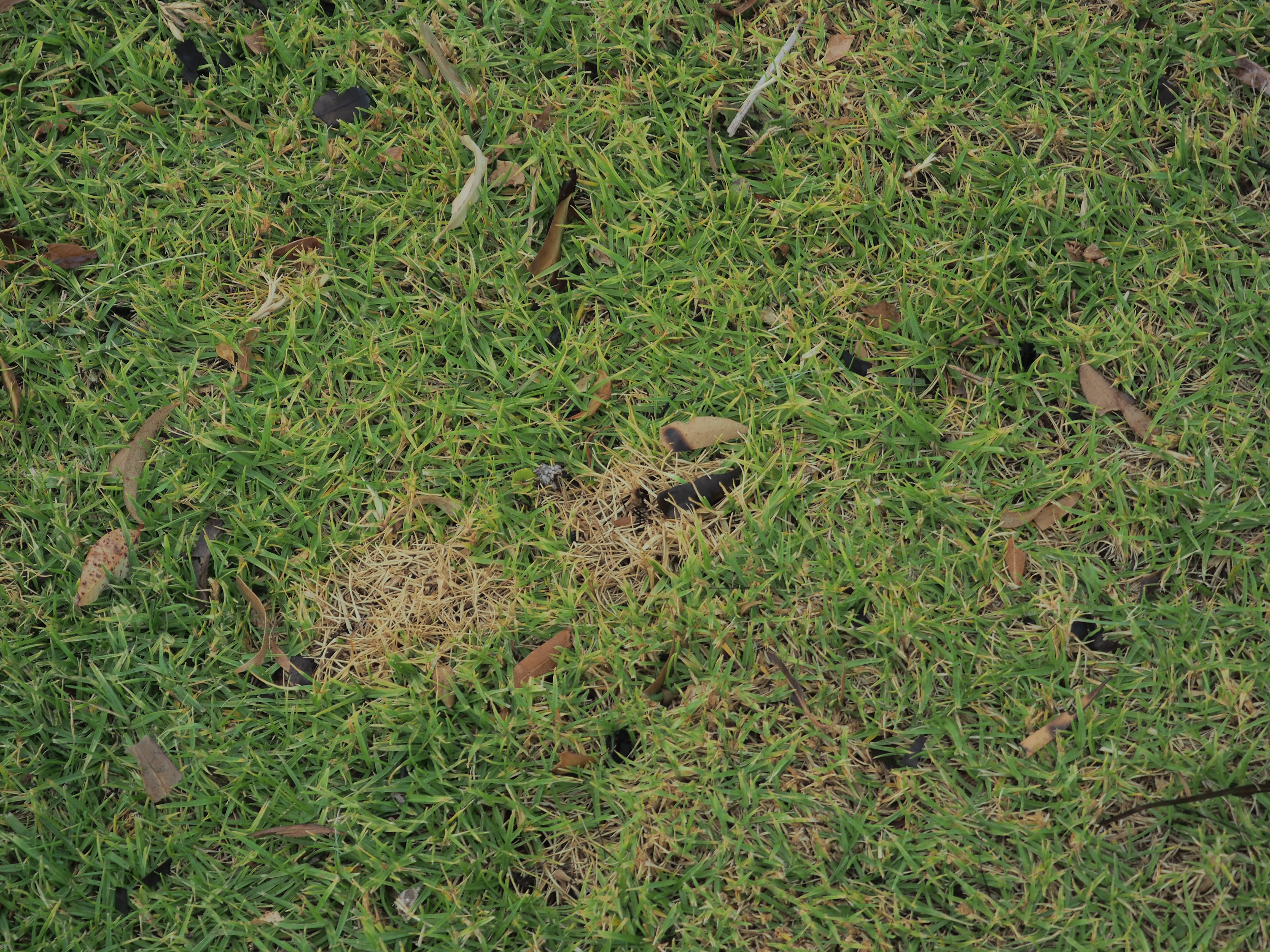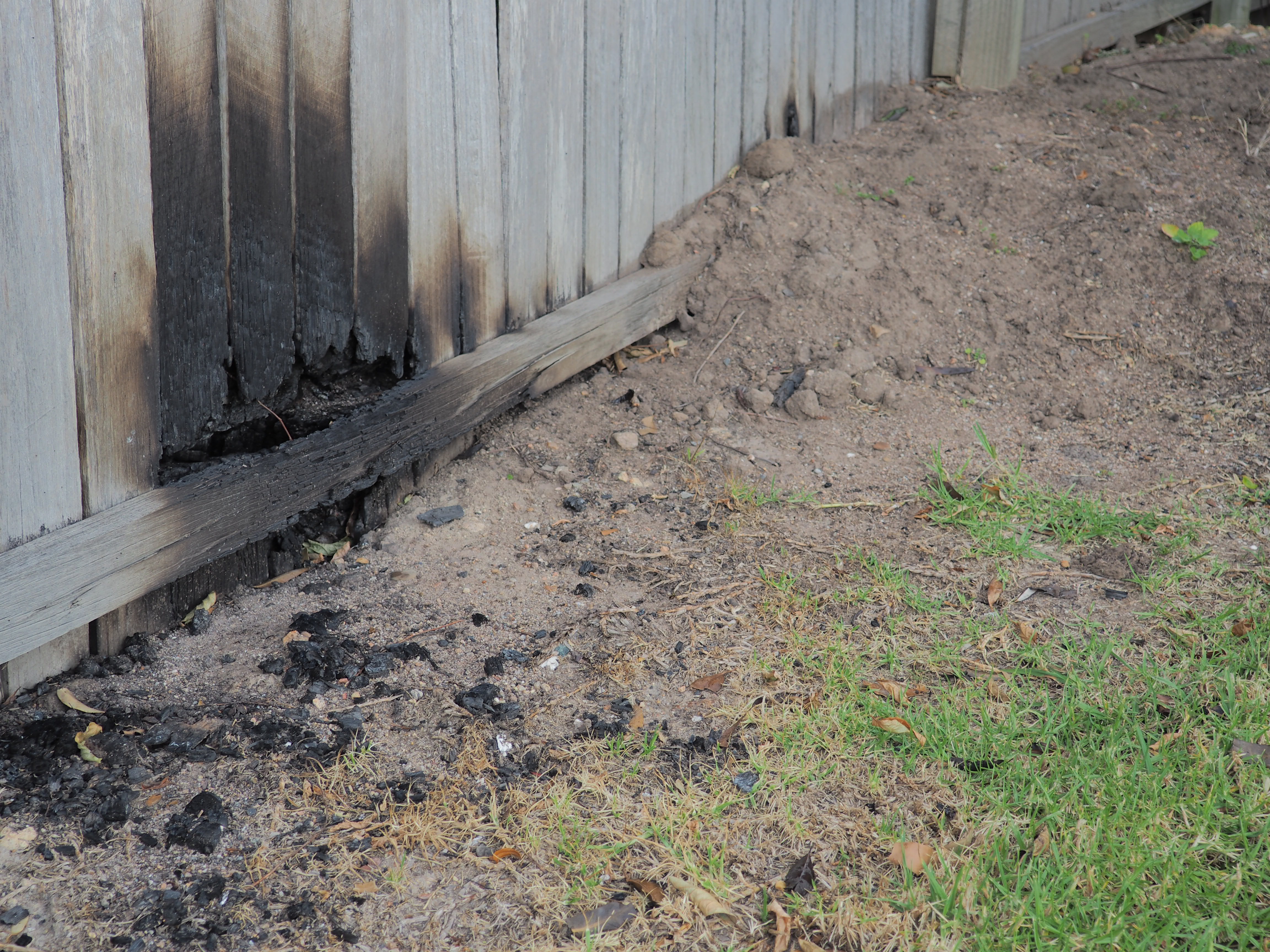Ember Attack on:
[Wikipedia]
[Google]
[Amazon]
An ember attack is when, during a bushfire, embers (also known as firebrands) such as burning twigs, bark fragments, moss or
 Ember attack can ignite additional fires ahead of the main fire front.
This process is called fire spotting and occurs predominantly with two distinct spatial patters:
* Short distance spotting, where the concentration of spot fires decreases with increasing distance from the ember source. This pattern is generally associated with embers falling from the convective plume due to its turbulence
* Long distance spotting, where fire spotting occurs in distinct and isolated groups at varying distance from the fire front. This is generally associated with the collapse of the
Ember attack can ignite additional fires ahead of the main fire front.
This process is called fire spotting and occurs predominantly with two distinct spatial patters:
* Short distance spotting, where the concentration of spot fires decreases with increasing distance from the ember source. This pattern is generally associated with embers falling from the convective plume due to its turbulence
* Long distance spotting, where fire spotting occurs in distinct and isolated groups at varying distance from the fire front. This is generally associated with the collapse of the
 Embers account for 75-80% of total property loss in Australia.
Direct ignition of structures due to ember is possible, for example:
* due to embers entering the property through gaps, vents, windows and doors. This can land to highly combustible material (for example
Embers account for 75-80% of total property loss in Australia.
Direct ignition of structures due to ember is possible, for example:
* due to embers entering the property through gaps, vents, windows and doors. This can land to highly combustible material (for example
leaves
A leaf (: leaves) is a principal appendage of the stem of a vascular plant, usually borne laterally above ground and specialized for photosynthesis. Leaves are collectively called foliage, as in "autumn foliage", while the leaves, stem, ...
become temporarily airborne and are carried by winds in a cluster.
Fuel characteristics that make plentiful and efficient firebrands are not
definitely known. The material needs to be light enough to be carried aloft in updrafts, yet capable of burning for several minutes while being carried forward by the upper winds. Decayed punky material, charcoal, bark, clumps of dry duff, and dry moss are efficient firebrands. Eucalyptus bark is generally considered the most dangerous source in Australia. This led to the definition of a categorical classification ( Bark Hazard) used to evaluate the potential threat of ember attack.
The Stringybark
A stringybark can be any of the many ''Eucalyptus'' species which have thick, fibrous bark. Like all eucalypts, stringybarks belong to the family Myrtaceae. In exceptionally fertile locations some stringybark species (in particular messmate strin ...
species of Eucalypt
Eucalypt is any woody plant with Capsule (fruit), capsule fruiting bodies belonging to one of seven closely related genera (of the tribe Eucalypteae) found across Australia:
''Eucalyptus'', ''Corymbia'', ''Angophora'', ''Stockwellia'', ''Allosyn ...
is particularly notorious for contributing large flaming sections of bark that due to their size, weight and shape, can be carried up to several kilometres away. The movements of embers from a bushfire are the primary cause of spot fires, which contribute to the continued spread of a bushfire.
Fire spotting due to embers
 Ember attack can ignite additional fires ahead of the main fire front.
This process is called fire spotting and occurs predominantly with two distinct spatial patters:
* Short distance spotting, where the concentration of spot fires decreases with increasing distance from the ember source. This pattern is generally associated with embers falling from the convective plume due to its turbulence
* Long distance spotting, where fire spotting occurs in distinct and isolated groups at varying distance from the fire front. This is generally associated with the collapse of the
Ember attack can ignite additional fires ahead of the main fire front.
This process is called fire spotting and occurs predominantly with two distinct spatial patters:
* Short distance spotting, where the concentration of spot fires decreases with increasing distance from the ember source. This pattern is generally associated with embers falling from the convective plume due to its turbulence
* Long distance spotting, where fire spotting occurs in distinct and isolated groups at varying distance from the fire front. This is generally associated with the collapse of the pyrocumulus
A flammagenitus cloud, also known as a flammagenitus, pyrocumulus cloud, or fire cloud, is a dense cumuliform cloud associated with fire or volcanic eruptions. A flammagenitus is similar dynamically in some ways to a firestorm, and the two phe ...
generated by intense fires.
The likelihood of ignition caused by embers is a function of several environmental variables and ember characteristics, including:
* Ambient temperature
Room temperature, colloquially, denotes the range of air temperatures most people find comfortable indoors while dressed in typical clothing. Comfortable temperatures can be extended beyond this range depending on humidity, air circulation, and ...
* Relative humidity
Humidity is the concentration of water vapor present in the air. Water vapor, the gaseous state of water, is generally invisible to the human eye. Humidity indicates the likelihood for precipitation (meteorology), precipitation, dew, or fog t ...
* Receiving fuel moisture content
Water content or moisture content is the quantity of water contained in a material, such as soil (called ''soil moisture''), rock, ceramics, crops, or wood. Water content is used in a wide range of scientific and technical areas, and is expressed ...
* Wind intensity
* Ember material, including its density
Density (volumetric mass density or specific mass) is the ratio of a substance's mass to its volume. The symbol most often used for density is ''ρ'' (the lower case Greek letter rho), although the Latin letter ''D'' (or ''d'') can also be u ...
* Ember geometry, including shape
A shape is a graphics, graphical representation of an object's form or its external boundary, outline, or external Surface (mathematics), surface. It is distinct from other object properties, such as color, Surface texture, texture, or material ...
, aspect ratio
The aspect ratio of a geometry, geometric shape is the ratio of its sizes in different dimensions. For example, the aspect ratio of a rectangle is the ratio of its longer side to its shorter side—the ratio of width to height, when the rectangl ...
, surface area
The surface area (symbol ''A'') of a solid object is a measure of the total area that the surface of the object occupies. The mathematical definition of surface area in the presence of curved surfaces is considerably more involved than the d ...
Effect on firefighting
Ember attacks have the potential to start small fires ahead of the main fire trappingfirefighter
A firefighter (or fire fighter or fireman) is a first responder trained in specific emergency response such as firefighting, primarily to control and extinguish fires and respond to emergencies such as hazardous material incidents, medical in ...
s between the two fires. They can also lodge themselves within firefighting equipment, clothing and vehicles.
In late 2019, a fire truck caught fire in an ember attack in the Currowan bushfire in New South Wales, Australia. Fortunately, the fire team made it out alive. Ember attacks are particularly dangerous to an individual's exposed skin and face.
Effect on property
 Embers account for 75-80% of total property loss in Australia.
Direct ignition of structures due to ember is possible, for example:
* due to embers entering the property through gaps, vents, windows and doors. This can land to highly combustible material (for example
Embers account for 75-80% of total property loss in Australia.
Direct ignition of structures due to ember is possible, for example:
* due to embers entering the property through gaps, vents, windows and doors. This can land to highly combustible material (for example carpet
A carpet is a textile floor covering typically consisting of an upper layer of Pile (textile), pile attached to a backing. The pile was traditionally made from wool, but since the 20th century synthetic fiber, synthetic fibres such as polyprop ...
) and start the structural fire
A structure fire is a fire involving the structural components of various types of residential, commercial or industrial buildings, such as barn fires. Residential buildings range from single-family detached homes and townhouses to apartments a ...
* due to embers landing in gaps within combustible material, for example between the decking boards spacing and on top of deck bearers
However, the majority of property loss happens due to secondary ignitions, for example:
* ignition of garden furniture
Furniture refers to objects intended to support various human activities such as seating (e.g., Stool (seat), stools, chairs, and sofas), eating (table (furniture), tables), storing items, working, and sleeping (e.g., beds and hammocks). Furnitur ...
, house mat
A mat is a hard or soft floor covering that generally is placed on a floor or other flat surface. Mats serve a range of purposes including:
* serving to clean items passed over it, such as a doormat, which removes dirt from the soles of shoe ...
s, firewood
Firewood is any wooden material that is gathered and used for fuel. Generally, firewood is not heavily processed, and is in some sort of firelog, recognizable log or branch form, compared to other forms of wood fuel like pellet fuel, pellets. ...
piles
* ignition of garden litter, for example within roof gutters or under the house
* ignition of other structures like sheds, wood fences, cars. This is often referred as consequential fire
Embers commonly cause house loss up to 500 meters from the fire front, and in exceptional circumstances up to kilometers
In Australia, evaporative air conditioners are known to ignite from ember attack. Ember attack causes the filter pads from evaporative AC to ignite, and the fire spreads through the roof space destroying the home. Ember guards (also known as ash screens) are recommended to protect air conditioners from ember attack.
References
External links
* {{Refend Types of fire